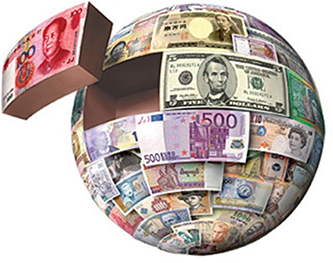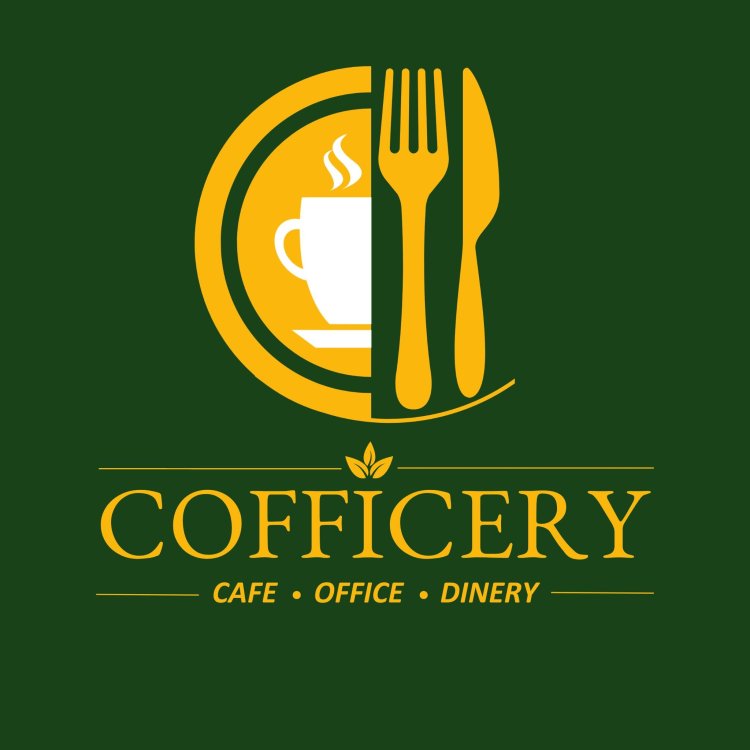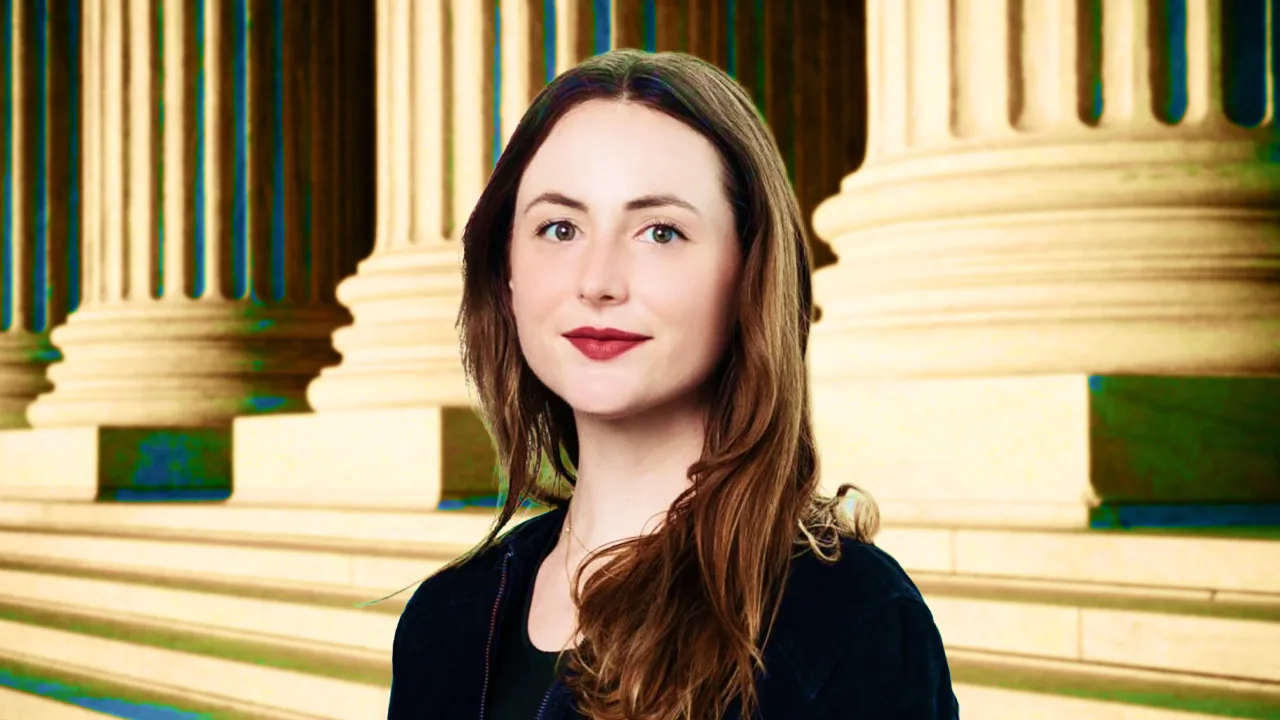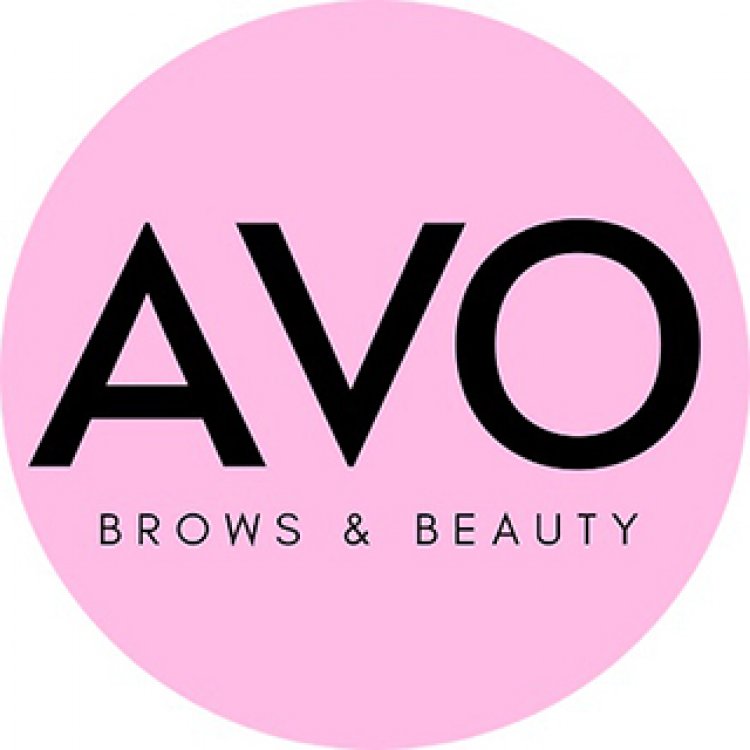Which insurance should you choose? A quick guide on the coverage you need
As a subject for delightful conversation, personal insurance ranks somewhere between polyp removal and credit default swaps. Which means most of us don’t know what we don’t know. No one likes to dwell on what might go wrong in the future—which is part of the reason why we all tend to regard insurance professionals with a healthy level of skepticism. But protecting yourself and your money from the unexpected has to be part of getting your financial house in order. Otherwise, a single bad event could erase all your hard work. To figure out what kinds of insurance you might need, start with the following basic rules of the insurance industry. Social benefit and private profit The goal of insurance is to share risk among a large pool of people. If everyone pays a small amount—known as the premium—to their insurance company, the insurer assumes the risk of any one individual suffering a large loss. At that point, the insurance company will pay out to make that individual whole after the loss. But insurance companies are not there just as a social benefit. These companies are in business to make a profit. This means insurers make it their business to understand what kinds of losses are most likely to happen. And if something is more likely to occur, the insurance company will charge higher premiums for it. This is why life insurance for a nonsmoking 20-something costs pennies compared to the giant chunk of change the same insurance costs for a pack-a-day 58-year-old with diabetes. It’s possible the young adult might die in a freak stamp-collecting accident and perhaps the smoker might live to 109—but the odds are that the 20-something has decades of life ahead and the 58-year-old does not. Since it is more likely that the insurance company will have to pay out for the smoker’s life insurance policy relatively soon, the premiums for that policy are higher. This is how the insurance company protects its profits while still offering the payout benefits. Mo’ money, mo’ likely The insurance industry’s understanding of probable outcomes can help consumers identify which policies they need. Specifically, if a personal insurance policy is expensive, that usually means the insurer thinks it’s likely it will have to make a payout—and that can indicate that you might need that kind of coverage. This is not a one-to-one correlation, of course. Just because a policy is expensive doesn’t mean you need it. And some types of insurance—identity theft insurance and renters insurance, for example—are extremely helpful to have and generally low-cost. But understanding why insurers charge high premium prices can help consumers figure out which types of policies they might need. The most expensive types of insurance include the following. Disability This kind of personal insurance helps pay a portion of your salary until you’re able to go back to work, which can help keep you financially stable. While you might assume that you’re unlikely to suffer a disability, since the most strenuous thing you do is staple Mr. Lumberg’s TPS reports, remember that about 1 out of every 4 current 20-year-olds will become disabled before reaching retirement age. That’s why it’s expensive to purchase disability insurance—but also why it’s important. Auto insurance Car crashes are the leading cause of death in the United States, with a total about 120 people killed per day in car accidents. Getting behind the wheel is the riskiest activity most Americans engage in on a daily basis, which means the insurance to protect you from that risk is also expensive. (The good news is that you can lower your risk and your auto insurance costs by driving like your dad: hands on 10 and 2, brake gently, check your mirrors, and assume everyone on the road is trying to kill you.) Life insurance Even though you won’t notice if you die without life insurance, any dependents who rely on your income will struggle if you pass away. And that likelihood is 100%, since none of us are getting out of this thing alive. Life insurance is cheapest for young and healthy individuals—who are the least likely to need it or buy it—and the price goes up with age and health problems. Homeowners insurance This kind of insurance not only covers damage to your home and possessions because of a covered disaster, but also liability for injuries or property damage experienced by a visitor to your home. (This is why dog owners, even apart from the growing trend to take out healthcare policies on our furry friends, may pay a higher premium than pet-free homeowners, and certain dog breeds are not covered at all—since they are more likely to bite a stranger.) And even though homeowners insurance covers damage caused by certain disasters, not all types of hazards are covered. In particular, flooding is a common hazard that isn’t covered. Flood insurance Nearly no insurers include flood damage in homeowners or renters insurance policies. I

As a subject for delightful conversation, personal insurance ranks somewhere between polyp removal and credit default swaps. Which means most of us don’t know what we don’t know.
No one likes to dwell on what might go wrong in the future—which is part of the reason why we all tend to regard insurance professionals with a healthy level of skepticism. But protecting yourself and your money from the unexpected has to be part of getting your financial house in order. Otherwise, a single bad event could erase all your hard work.
To figure out what kinds of insurance you might need, start with the following basic rules of the insurance industry.
Social benefit and private profit
The goal of insurance is to share risk among a large pool of people. If everyone pays a small amount—known as the premium—to their insurance company, the insurer assumes the risk of any one individual suffering a large loss. At that point, the insurance company will pay out to make that individual whole after the loss.
But insurance companies are not there just as a social benefit. These companies are in business to make a profit. This means insurers make it their business to understand what kinds of losses are most likely to happen. And if something is more likely to occur, the insurance company will charge higher premiums for it.
This is why life insurance for a nonsmoking 20-something costs pennies compared to the giant chunk of change the same insurance costs for a pack-a-day 58-year-old with diabetes. It’s possible the young adult might die in a freak stamp-collecting accident and perhaps the smoker might live to 109—but the odds are that the 20-something has decades of life ahead and the 58-year-old does not.
Since it is more likely that the insurance company will have to pay out for the smoker’s life insurance policy relatively soon, the premiums for that policy are higher. This is how the insurance company protects its profits while still offering the payout benefits.
Mo’ money, mo’ likely
The insurance industry’s understanding of probable outcomes can help consumers identify which policies they need. Specifically, if a personal insurance policy is expensive, that usually means the insurer thinks it’s likely it will have to make a payout—and that can indicate that you might need that kind of coverage.
This is not a one-to-one correlation, of course. Just because a policy is expensive doesn’t mean you need it. And some types of insurance—identity theft insurance and renters insurance, for example—are extremely helpful to have and generally low-cost.
But understanding why insurers charge high premium prices can help consumers figure out which types of policies they might need. The most expensive types of insurance include the following.
Disability
This kind of personal insurance helps pay a portion of your salary until you’re able to go back to work, which can help keep you financially stable. While you might assume that you’re unlikely to suffer a disability, since the most strenuous thing you do is staple Mr. Lumberg’s TPS reports, remember that about 1 out of every 4 current 20-year-olds will become disabled before reaching retirement age. That’s why it’s expensive to purchase disability insurance—but also why it’s important.
Auto insurance
Car crashes are the leading cause of death in the United States, with a total about 120 people killed per day in car accidents. Getting behind the wheel is the riskiest activity most Americans engage in on a daily basis, which means the insurance to protect you from that risk is also expensive. (The good news is that you can lower your risk and your auto insurance costs by driving like your dad: hands on 10 and 2, brake gently, check your mirrors, and assume everyone on the road is trying to kill you.)
Life insurance
Even though you won’t notice if you die without life insurance, any dependents who rely on your income will struggle if you pass away. And that likelihood is 100%, since none of us are getting out of this thing alive. Life insurance is cheapest for young and healthy individuals—who are the least likely to need it or buy it—and the price goes up with age and health problems.
Homeowners insurance
This kind of insurance not only covers damage to your home and possessions because of a covered disaster, but also liability for injuries or property damage experienced by a visitor to your home. (This is why dog owners, even apart from the growing trend to take out healthcare policies on our furry friends, may pay a higher premium than pet-free homeowners, and certain dog breeds are not covered at all—since they are more likely to bite a stranger.) And even though homeowners insurance covers damage caused by certain disasters, not all types of hazards are covered. In particular, flooding is a common hazard that isn’t covered.
Flood insurance
Nearly no insurers include flood damage in homeowners or renters insurance policies. Instead, you may have to purchase a policy through the National Flood Insurance Program, which is a partnership between the federal government, insurance companies, and local communities to provide affordable flood protection. This is because floods are so likely to happen in so many areas that the federal government had to help subsidize the cost of flood insurance.
While these are not the only hazards you should protect yourself against, these are the ones the insurance industry (and its army of statistics nerds) think are most likely to occur. That means it’s a good idea to start with the types of losses you are most likely to face.
Protect your moneymaker
In addition to looking at which hazards are most likely, it’s also helpful to think about what valuables you have that would be most difficult to replace. For most people, these valuables fall into the same categories as the most expensive types of insurance: your earning potential, your life, and your home represent your most valuable assets.
But it’s important to insure whatever assets you have that would be financially devastating to lose. For example, opera singers have been known to insure their voices, since they can’t earn their living if they can’t sing. More commonly, small business owners and freelancers often purchase professional liability insurance, also known as errors and omissions insurance, to protect themselves from lawsuits.
Thinking about insurance as protection against financial loss can help you pinpoint what kinds of personal insurance you need most.
Don’t fear the reaper (or the insurance rep)
There’s a reason no one invites Ned Ryerson to dinner: talking about the kinds of doom-and-gloom that insurance professionals know intimately is a major bummer.
But personal insurance is an important part of a healthy budget. You need insurance to protect you from the risk of a devastating financial loss, which it does by spreading the risk among a pool of individuals and asking the insurance company to assume the financial risk.
Understanding how insurers price their policies can help you figure out which types of personal insurance are most important, since the industry charges higher premiums to protect against the most likely losses. That’s why disability insurance, auto insurance, life insurance, home insurance, and flood insurance are among the most expensive types of policies available. Insurers know they are likely to have to make payouts on these policies, so they price the premiums accordingly.
Consumers can also figure out the right coverage by thinking about what assets it would be financially devastating to lose. For most people, that includes their income potential, life, and home, but depending on your circumstances, you may also want to protect other important assets that you rely on or would be unable to replace.






















